This section provides an overview of 5-axisCNC machines, including how they work, their key benefits, and typical applications across aerospace, automotive, and medical industries. It also addresses common questions about setup, pricing, and machine building. In addition, you’ll find a ranked list of the top 8 global manufacturers of 5-axis CNC machines as of July 2025: 1. Yamazaki Mazak Corporation, 2. DMG Mori Co., Ltd., 3. Haas Automation……and a market distribution map.
What is a 5 Axis CNC Machine?
A 5-axisCNC machine is a computer numerical control machine that can move tools or parts along five different axes simultaneously. This capability allows for complex and precise machining.

Key Features and Benefits
- Multi-Directional Movement: Unlike 3-axis machines, 5-axis CNC machines operate along the X, Y, and Z axes, as well as two additional rotational axes (A and B). This enables intricate shapes and designs.
- Enhanced Precision: The additional axes allow for more precise cuts and reduced material wastage, ideal for aerospace, automotive, and medical device manufacturing.
- Reduced Setup Time: With the ability to work on multiple surfaces without repositioning, these machines decrease setup time and improve efficiency.
Application Scenarios
- Aerospace Components: Manufacturing complex parts like turbine blades and structural components with high precision.
- Automotive Industry: Creating intricate parts such as engine blocks and custom bodywork.
- Medical Devices: Producing complex shapes required for implants and surgical instruments.
Operating Principle
- Simultaneous Movement: Tools can approach the workpiece from multiple angles, achieving complex geometries.
- Computer Control: Guided by software, ensuring consistency and accuracy in production.
5-axis CNC machines are integral for industries requiring high precision and efficiency.
How Does a 5 Axis CNC Machine Work?
A 5-axis CNC machine operates by moving a tool or part along five different axes simultaneously, allowing for complex and precise machining. This technology is crucial in industries requiring intricate component designs.

Key Components and Functionality:
- Axes Movement:
- X, Y, and Z Axes: Standard linear movements.
- A and B Axes: Rotational movements around X and Y axes.
- Computer Control:
- Uses CAM software to input and execute precise instructions.
- Ensures synchronization of movements for accuracy.
- Applications:
- Ideal for aerospace, automotive, and medical industries.
- Manufactures intricate parts like impellers, molds, and prosthetics.
Advantages:
- Precision: High accuracy in creating complex geometries.
- Efficiency: Reduces the need for multiple setups.
- Flexibility: Capable of producing a wide range of parts.
By integrating these elements, 5-axis CNC machines enhance production capabilities, reduce errors, and streamline manufacturing processes.
How Much Does a 5-Axis CNC Machine Cost?
A 5-axisCNC machine typically costs between $200,000 and $500,000, depending on specifications and features. These machines are essential for industries requiring intricate designs and precision manufacturing.

5-axis CNC machines offer advanced capabilities beyond traditional 3-axis models, allowing simultaneous movement along five different axes. This flexibility makes them suitable for complex parts in aerospace, automotive, and medical fields. The precision and efficiency of these machines come at a higher price due to their sophisticated technology and versatility.
Key Factors Influencing Cost:
- Brand and Model: Reputable brands with advanced models generally command higher prices.
- Specifications: Enhanced features like speed, precision, and automation level increase costs.
- Size and Capacity: Larger machines with greater work envelopes are more expensive.
- Software and Maintenance: Costs may include specialized software and regular maintenance fees.
Typical Applications:
- Aerospace Components: Producing turbine blades and complex airframe parts.
- Automotive Parts: Manufacturing engine components and custom parts.
- Medical Devices: Creating prosthetics and surgical instruments with precise tolerances.
Understanding these factors can help businesses choose the right machine to optimize their manufacturing processes.
How to Build a 5 Axis CNC Machine
Building a 5-axisCNC machine involves precise engineering and assembly skills. It requires designing, sourcing parts, and assembling mechanical and electronic components.
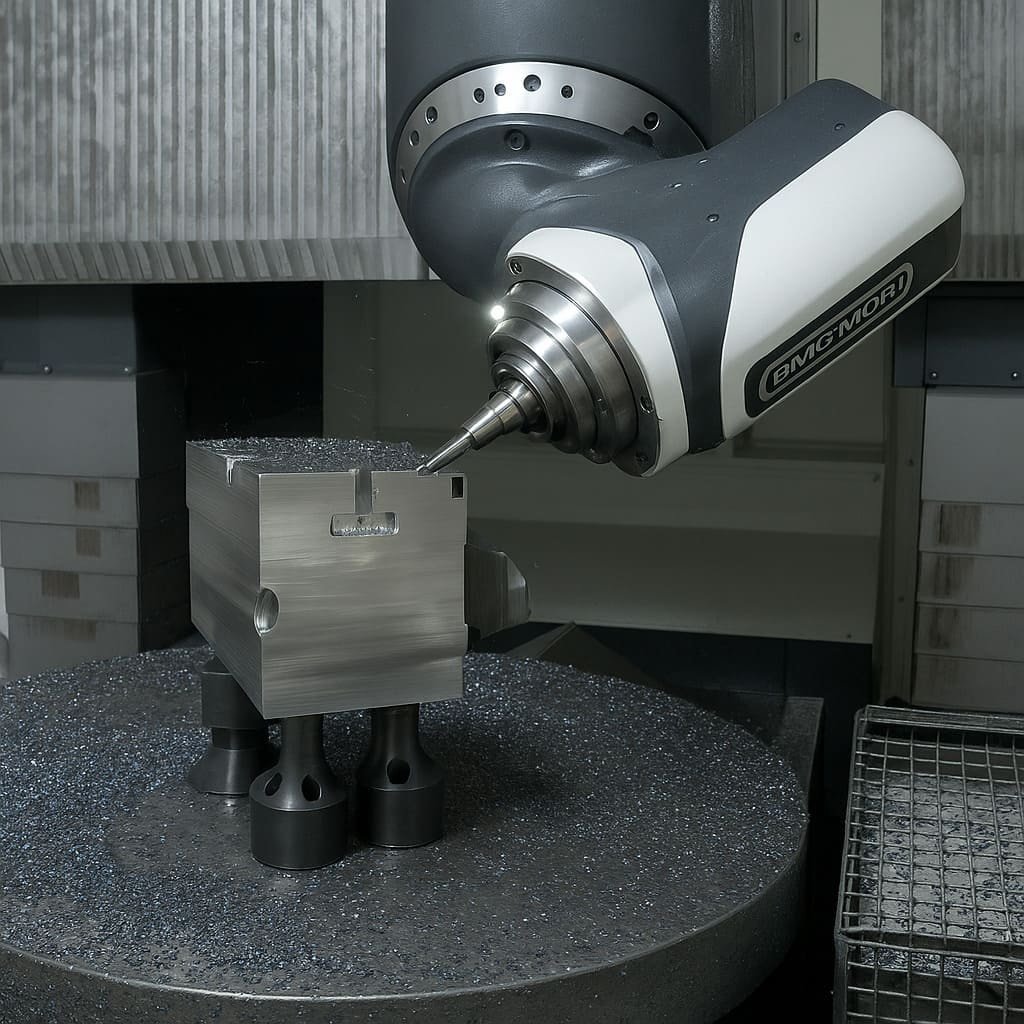
Key Steps to Build a 5 Axis CNC Machine:
- Design the Machine: Start with CAD software to create a detailed design. Consider the size, materials, and intended use.
- Gather Components: Obtain essential parts including:
- Frame: Typically aluminum or steel for stability.
- Motors: Stepper or servo motors for precise movement.
- Spindle: Determines cutting capability and material compatibility.
- Controllers: For coordinating motor movements.
- Assemble the Frame: Construct the base and structure, ensuring rigidity and alignment for accuracy.
- Install Electronics: Connect the motors, spindle, and control board. Ensure proper wiring and integration with software.
- Calibrate the System: Use calibration tools to ensure precision in all axes. Adjust settings in the control software for optimal performance.
- Test and Optimize: Run test operations to check functionality and refine machine settings for accuracy.
Applications
5-axis CNC machines are used in aerospace, automotive, and complex machining tasks where intricate shapes and precision are crucial.
How to Set Up a 5 Axis CNC Machine
To set up a 5-axis CNC machine, begin by calibrating the axes and inputting the correct parameters. This ensures precision and functionality.
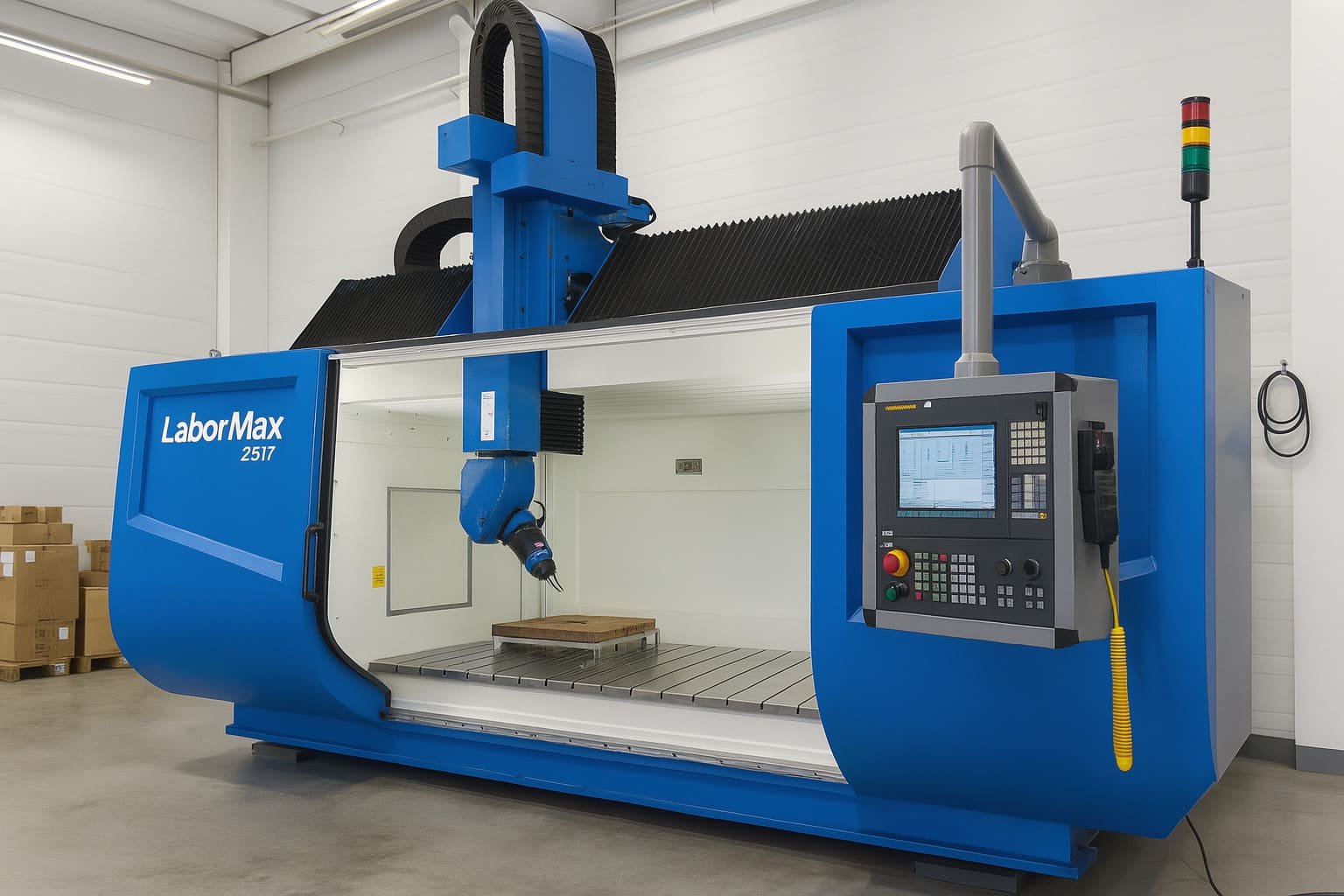
- Initial Calibration: Start by calibrating all five axes to ensure accurate movement. Use a calibration tool to align the machine and verify the zero point.
- Software Configuration: Install and configure the necessary software, usually provided by the machine manufacturer. Input the machine-specific parameters, such as axis limits and feed rates.
- Tool Setup: Attach the required tools and verify their alignment. Use a tool setter to measure and record the tool length and diameter.
- Material Loading: Secure the workpiece on the machine table. Ensure it is properly clamped to avoid any movement during operation.
- Dry Run: Perform a dry run with the program loaded into the controller. This checks the tool path and identifies any potential collisions or errors.
- Final Adjustments: Make any necessary adjustments based on the dry run results. Confirm all settings before starting the actual machining process.
By following these steps, the 5-axis CNC machine will be properly set up for precise and efficient operation.
What are the benefits of 5-axis machining?
5-axis machining enhances precision, reduces setup time, and enables complex geometries. It allows the cutting tool to move along five different axes simultaneously, making it ideal for industries like aerospace and automotive.

- Precision: With the ability to approach a part from multiple angles, 5-axis machining ensures high precision and tight tolerances, essential for intricate designs.
- Reduced Setup Time: Complex parts can be completed in a single setup, reducing the need for multiple fixtures and alignments, which saves time and minimizes error risks.
- Complex Geometries: Capable of producing complex shapes and contours that would be impossible or inefficient with traditional 3-axis machines.
- Improved Surface Finishes: The flexibility of tool movement enhances the surface finish quality, reducing the need for additional finishing processes.
- Versatility: Suitable for a wide range of materials, including metals, plastics, and composites, aligning with diverse manufacturing needs.
In summary, 5-axis machining offers significant advantages in efficiency, quality, and capability, making it a preferred choice for advanced manufacturing tasks.
List of 8 5-Axis CNC Machine
1. Yamazaki Mazak Corporation
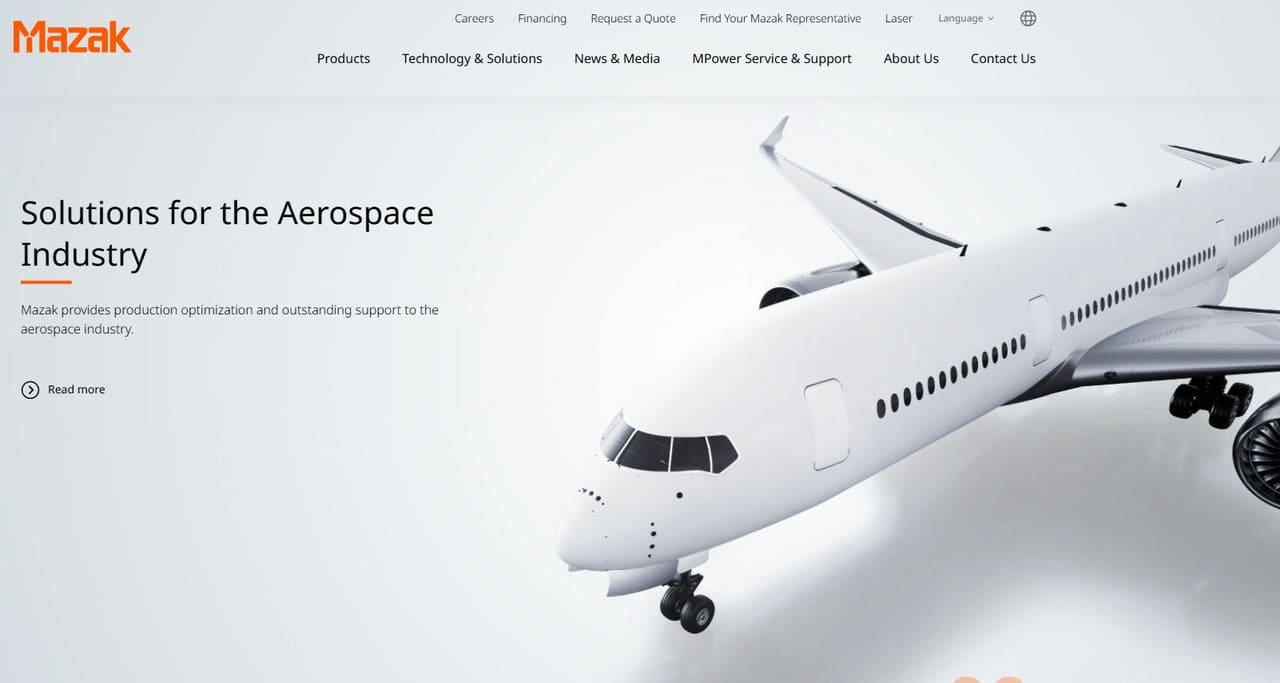
Established in 1919, Yamazaki Mazak is a leading manufacturer of advanced CNC machine tools. The company offers a wide range of machining solutions, including high-speed and high-accuracy machines, automation systems, and production support software.
- Country: Japan
- Address: 1-1, Shimo-Koguchi, Oguchi-cho, Aichi, Japan
- TEI: +81-586-89-3000
- Website: https://www.mazak.com
- Products: Vertical and Horizontal Machining Centers, Multi-Tasking Machines, CNC Laser Processing Machines
2. DMG Mori Co., Ltd.
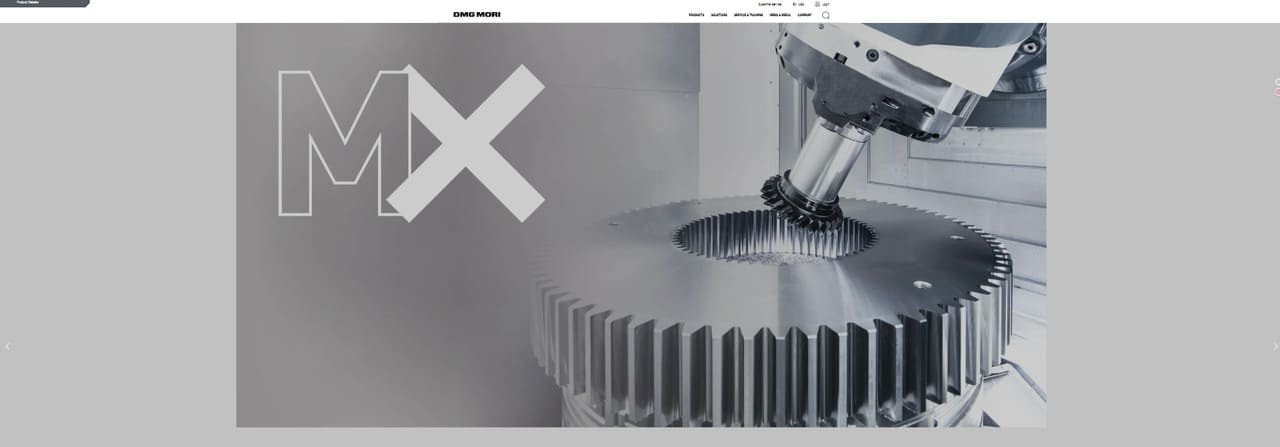
DMG Mori is a global leader in the manufacturing of CNC machine tools, offering a comprehensive range of products and services for various industries, including automotive, aerospace, and medical.
- Country: Japan/Germany
- Address: 2-3-1, Shiomi, Koto-ku, Tokyo, Japan
- TEI: +81-3-6758-5900
- Website: https://www.dmgmori.com
- Products: Vertical and Horizontal Machining Centers, 5-Axis Machines, CNC Lathes
3. Haas Automation, Inc.
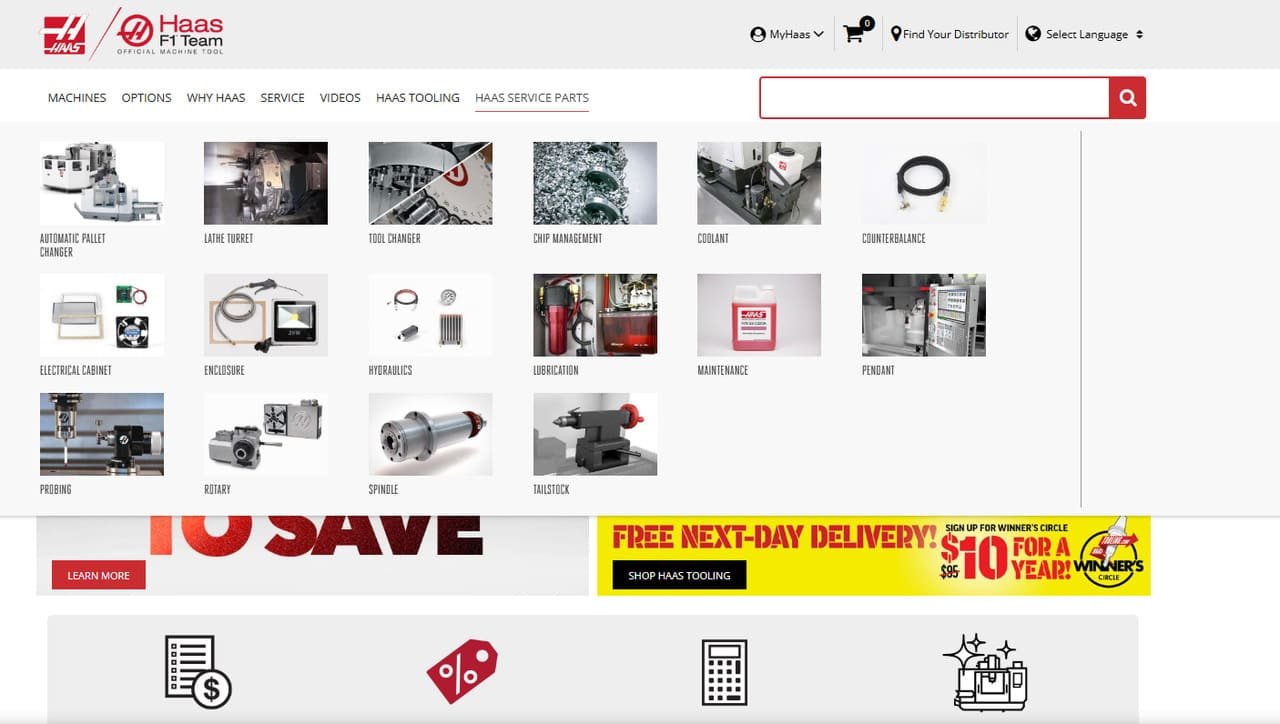
Founded in 1983, Haas Automation is the largest builder of CNC machine tools in the Western world, manufacturing a complete line of CNC vertical machining centers, horizontal machining centers, CNC lathes, and rotary products.
- Country: United States
- Address: 2800 Sturgis Road, Oxnard, California, USA
- TEI: +1-800-331-6746
- Website: https://www.haascnc.com
- Products: Vertical and Horizontal Machining Centers, CNC Lathes, Rotary Tables
4. Okuma Corporation

Okuma is a comprehensive machine tool manufacturer that produces NC machine tools, CNC controls, and factory automation products, offering solutions for various industries.
- Country: Japan
- Address: 2-1-1, Marunouchi, Naka-ku, Nagoya, Aichi, Japan
- TEI: +81-52-203-1111
- Website: https://www.okuma.com
- Products: Vertical and Horizontal Machining Centers, CNC Lathes, Grinders
5. Makino Milling Machine Co., Ltd.
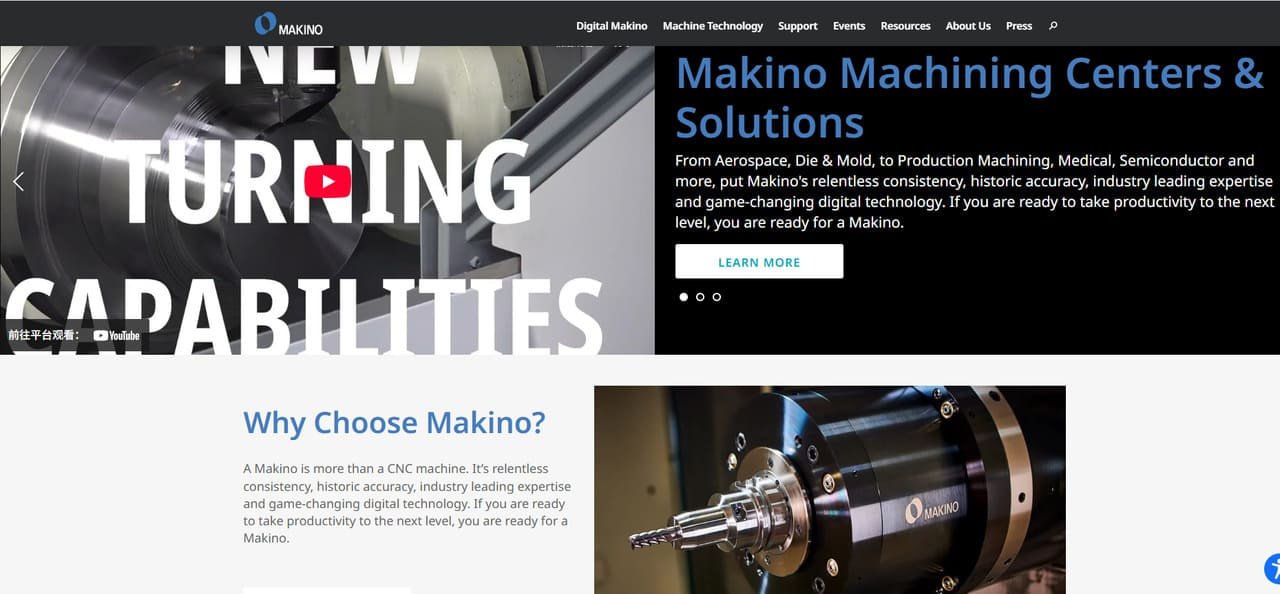
Makino is a global leader in CNC machining center design and digital innovation, introducing game-changing machining solutions for premium performance in various industries.
- Country: Japan
- Address: 2-1-1, Marunouchi, Naka-ku, Nagoya, Aichi, Japan
- TEI: +81-52-203-1111
- Website: https://www.makino.com
- Products: Vertical and Horizontal Machining Centers, 5-Axis Machines, CNC Systems
6. EMAG GmbH & Co. KG
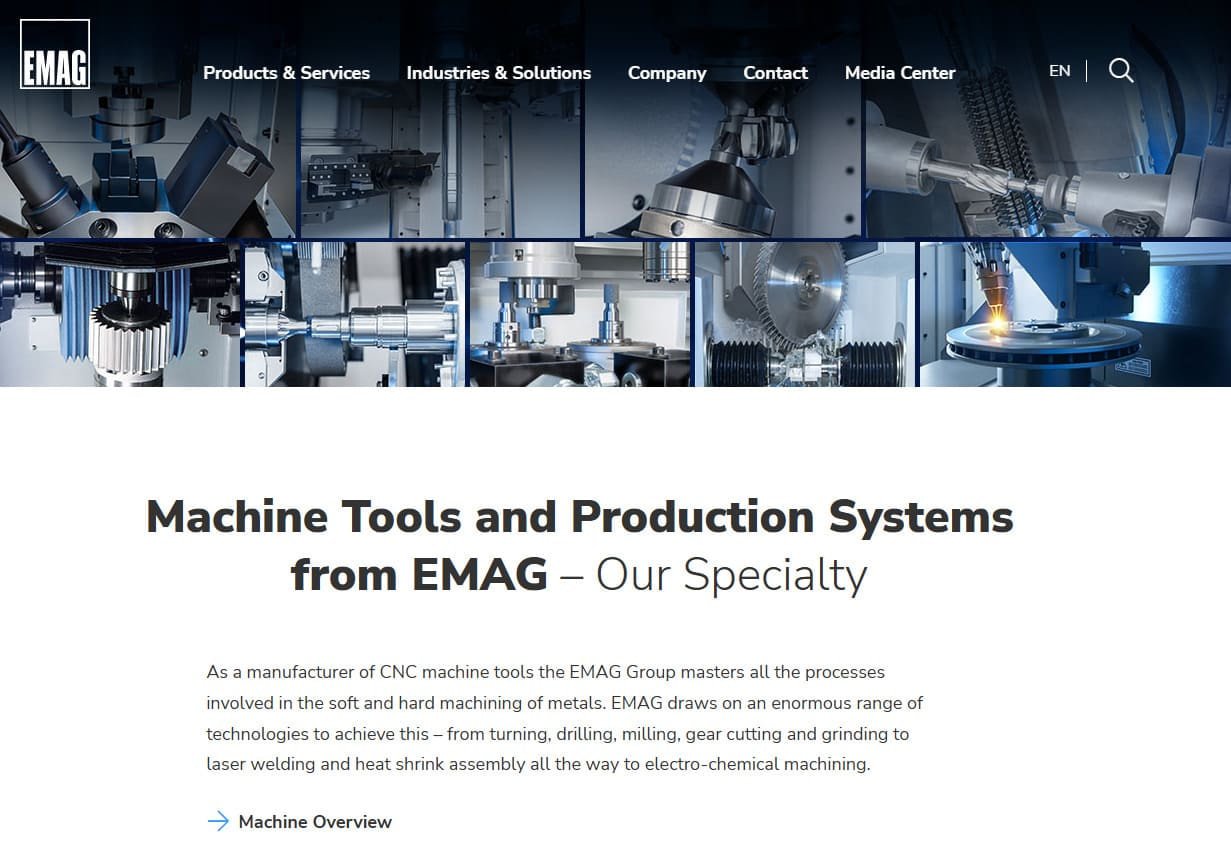
EMAG is a manufacturer of CNC machine tools specializing in the soft and hard machining of metals, offering a range of technologies from turning, drilling, milling, gear cutting, and grinding to laser welding and heat shrink assembly.
- Country: Germany
- Address: Gustav-Groß-Straße 2, 73054 Eislingen, Germany
- TEI: +49-711-500-0
- Website: https://www.emag.com
- Products: Vertical and Horizontal Machining Centers, CNC Lathes, Grinding Machines
7. AMADA Co., Ltd.

AMADA is a global manufacturer of metalworking machinery, offering a wide range of products and solutions to support customers’ manufacturing needs.
- Country: Japan
- Address: 1-1, Takatsu-cho, Numazu, Shizuoka, Japan
- TEI: +81-55-920-1000
- Website: https://www.amada.com
- Products: Laser Cutting Machines, Punching Machines, Press Brakes, CNC Machining Centers
8. Hardinge Inc.

Hardinge is a multinational machine tool builder with a global presence, offering a range of precision machine tools and automation solutions.
- Country: United States
- Address: 1 Hardinge Drive, Elmira, New York, USA
- TEI: +1-570-825-2741
- Website: https://www.hardinge.com
- Products: Vertical and Horizontal Machining Centers, CNC Lathes, Automation Solutions
Market Distribution Map
The “Market Distribution Map” section provides a snapshot of the 5 Axis CNC Machine market.
The first chart shows global distribution by region, with North America, Europe, and Asia-Pacific leading.The second chart highlights key countries like China, USA, Germany, and Japan, reflecting strong demand and manufacturing presence.



